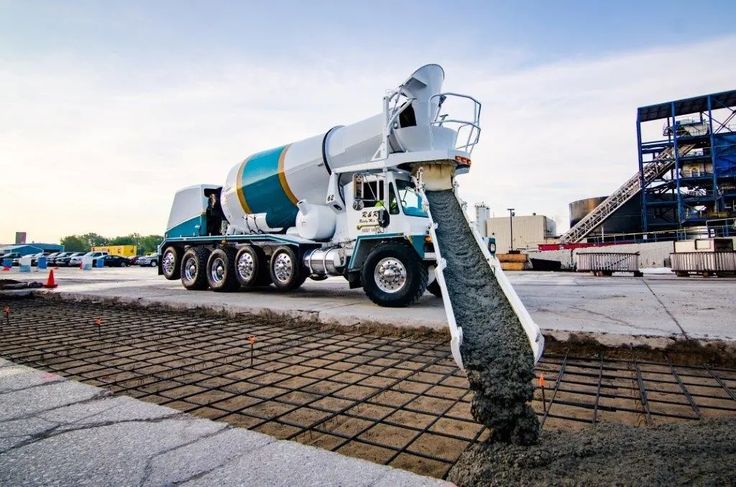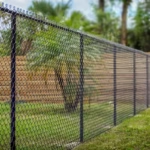In the world of construction, efficiency, speed, and quality are more important than ever. One innovation that has significantly improved all three is Ready-Mix Concrete (RMC). Whether it’s a residential building, commercial structure, bridge, or road, ready-mix concrete is transforming how we build in the modern era.
In this blog, we’ll explore how ready-mix concrete is reshaping the construction industry and why it’s becoming the preferred choice for contractors, engineers, and builders.
What Is Ready-Mix Concrete?
Ready-Mix Concrete (RMC) is concrete that is manufactured in a batching plant and then delivered to the construction site in a ready-to-use form in transit mixer trucks. The concrete is mixed with accurate proportions of cement, sand, aggregates, water, and admixtures under controlled conditions.
Unlike traditional site-mixed concrete, RMC is pre-mixed, ensuring consistent quality, faster work, and less waste.
How Ready-Mix Concrete Is Changing the Construction Landscape
Let’s look at the key ways RMC is revolutionizing modern construction:
1. Improved Quality and Consistency
Traditional concrete mixed on-site can vary in quality due to inconsistent measurements and human error. RMC, on the other hand, is mixed in a controlled environment, ensuring:
- Uniform strength
- Consistent durability
- Reduced cracking and shrinkage
This leads to longer-lasting structures and reduced chances of repairs or failures.
2. Faster Project Completion
Time is money in construction. Ready-mix concrete:
- Eliminates on-site mixing time
- Can be poured immediately upon delivery
- Allows multiple pours in a single day
This significantly reduces the overall construction timeline, helping builders complete projects faster and take on more work.
3. Reduced Labor Costs
With RMC:
- Fewer workers are needed to mix and handle materials
- No need for manual proportioning or mixing
- No extra labor for cleaning and managing raw materials
This helps save on manpower expenses, especially in large-scale construction projects.
4. Less Wastage and Eco-Friendly
Since RMC is mixed precisely:
- Material wastage is minimized
- Dust and noise at the construction site are reduced
- Water and cement are used efficiently
Some RMC plants also use recycled water and eco-friendly admixtures, making ready-mix concrete a greener choice for sustainable construction.
5. Better Worksite Management
By outsourcing concrete mixing to a supplier, the site becomes:
- Cleaner and safer
- Less congested
- Easier to manage with fewer raw materials on-site
This also reduces the need for storing cement, sand, or aggregates at the site, saving space.
6. Custom Mix Designs for Every Need
Different construction needs call for different types of concrete. Ready-mix plants can tailor the mix for:
- High strength (e.g., M30, M40)
- Fast setting
- Waterproofing
- Pumpability
- Long-distance transportation
This customization ensures each structure gets the concrete it needs for best performance.
7. Ideal for Large and Complex Projects
Large projects like flyovers, dams, high-rise buildings, and bridges require:
- Mass concrete pours
- Continuous supply
- Consistent quality
RMC fulfills all these needs efficiently. Many mega infrastructure projects across India and the world now rely entirely on ready-mix concrete for smooth progress.
8. Digital Integration and Smart Monitoring
Modern RMC plants use:
- GPS-enabled trucks
- Real-time batching and mixing data
- Remote quality checks
This digital integration helps track delivery, monitor quality, and ensure that concrete reaches the site on time in perfect condition. It adds a new level of precision and reliability to construction projects.
Use Cases: Where RMC Is Being Used Today
Ready-mix concrete is being widely used in:
- Residential buildings – foundations, slabs, columns, driveways
- Commercial spaces – malls, offices, showrooms
- Infrastructure – bridges, flyovers, highways
- Precast elements – pipes, poles, blocks
- Industrial buildings – warehouses, factories
Whether it’s a small home renovation or a massive construction project, RMC fits all scales.
Benefits of Using Ready-Mix Concrete
Let’s summarize the key benefits of RMC that make it transformative:
| Benefit | How It Helps |
|---|---|
| Quality | Consistent and durable |
| Speed | Faster pours and less downtime |
| Cost Efficiency | Lower labor and material waste |
| Eco-Friendly | Reduces pollution and waste |
| Space Saving | No need to store raw materials on-site |
| Reliability | Controlled mixing with professional supervision |
Challenges That RMC Solves
| Traditional Issue | RMC Solution |
|---|---|
| Delays due to manual mixing | Fast delivery and pouring |
| Variable quality | Factory-controlled consistency |
| Labor shortages | Reduced workforce requirement |
| Material wastage | Precise batching and usage |
Future of Construction with RMC
As cities grow and the need for smart, sustainable construction increases, ready-mix concrete is becoming the backbone of modern infrastructure. With the rise of:
- High-rise buildings
- Precast technology
- Smart cities
- Green construction
Ready-mix concrete will play an even bigger role in shaping the built environment of the future.
Conclusion
Ready-mix concrete is not just a product—it’s a modern construction solution. It ensures better quality, faster project timelines, and lower overall costs while supporting green building practices.
Whether you’re a builder, architect, or homeowner, choosing RMC can make your construction process smarter, smoother, and future-ready.
FAQs
1. Is Ready-mix Concrete Only for Large Projects?
No, RMC can be used for small projects like house flooring, driveways, and garden pathways too.
2. Does RMC Cost More Than Site Mix Concrete?
The initial cost may be slightly higher, but it saves money through reduced labor, wastage, and faster work.
3. Can RMC Be Customized?
Yes, you can request different grades, slump values, and additives based on your project’s needs.
4. How Long Does Ready-mix Concrete Stay Usable?
It should be used within 90–120 minutes from mixing to ensure quality and workability.
5. Is Ready-mix Concrete Eco-friendly?
Yes, it reduces on-site pollution, waste, and material misuse, making it a sustainable choice.



